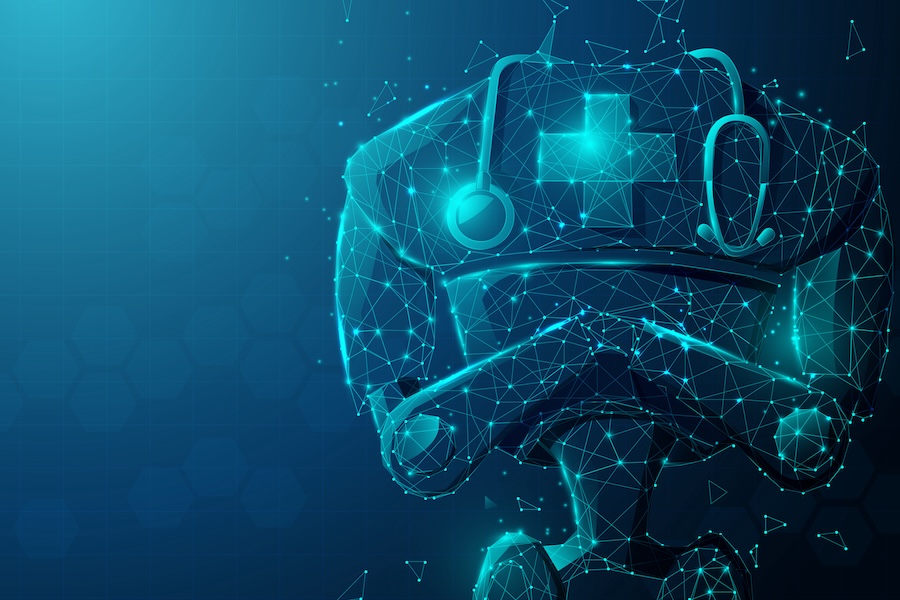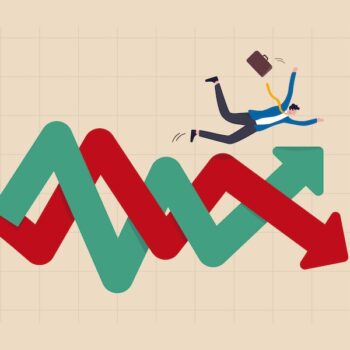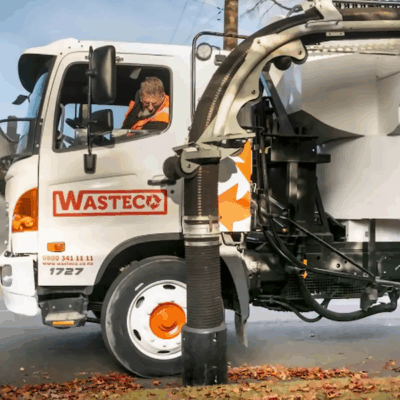AI and the marvel of modern medicine
In the ever-evolving landscape of modern medicine, New Zealand finds itself at the intersection of both challenge and hope, with advancement in AI and technology providing a pathway to help our strained healthcare industry.
While the demand on our healthcare systems continues to grow, with increasing patient counts, an aging population and soaring treatment costs, there’s never been a more urgent call for innovation, or the ability to harness technology to improve outcomes for our collective health and wellbeing.
Traditional models of delivering care, which have often been siloed and static are being replaced with new models that can do a much better job of anticipating people’s healthcare needs in a more efficient, affordable, and convenient way.
In recent years, the focus has shifted toward utilising medical platforms and devices that focus on real-time, outcome-based care. The next decade will be all about moving towards medical solutions using AI, robotics, and virtual and augmented reality, to deliver intelligent solutions for both evidenced-based and outcome-based health.
This will lead to what I believe will be a previously unimagined ‘precision medicine’, down to the family and individual level, which one day may even be able to predict and potentially prevent disease. While AI and robots have long been a theme in science fiction, the reality is that they are here now. In the healthcare world they are having some amazing impacts in alleviating some of the pressure our overwhelmed healthcare workers are experiencing.
Imagine a world where hospitals can accurately predict patient influx or the onset of disease outbreaks. With predictive analytics, this isn’t just a dream. By leveraging vast data sets, AI can provide insights that were previously beyond our reach. Such insights can help in reducing hospital re-admissions and, more importantly, enhancing the quality of care and patient outcomes. Think about how useful this could have been at the advent of Covid.
One very exciting development in the AI space is around medical scans. Right now, comparing 3D medical scans is challenging – it can take two hours or more to see what’s changed. And that presents an issue for surgeons, who may have to bring patients back to the operating room if a tumour removal wasn’t a complete success. Thankfully, AI technology is slowly starting to eliminate that issue. An MIT-led research team has crafted a machine learning algorithm that can analyse 3D scans up to 1,000 times faster than before.
This makes it possible to study changes almost in real time – in less than a second on a PC with a fast graphics card. While the MIT study has focused on brain scans, it could also be useful for lungs or any other organ where fast analysis could make life easier for both doctors and patients.
Picture a surgeon, assisted by a robot, performing surgeries with an unmatched level of precision. Robot-assisted surgeries are not the stuff of sci-fi movies anymore. They represent a fusion of human expertise with robotic accuracy, reducing complications, ensuring faster patient recovery, and offering the possibility of intricate procedures that were once deemed too risky.
But let’s not stop there. What if you had your own virtual or digital health assistant available 24/7? A digital aide that reminded you of your medications, checked your symptoms, and offered preliminary diagnosis? The strain on our medical professionals is immense. By having virtual assistants handle routine queries, we can free up our medical staff to focus on more critical cases and intricate medical challenges.
Our GPs across ProCare practices tell us that each patient visit generates an average of around seven minutes of additional care outside of the patient contact time. GPs spend at least 15 percent of their time outside of consultation on maintaining and updating patient records.
If you’re seeing a patient roughly every 15 minutes throughout the day, that’s a lot of extra time and workload that isn’t covered by funding from the government or what the patient pays. So, it’s little wonder that around 30 percent of our GPs tell us that they’re burnt out, and that one of the key causes is ‘prolonged overwork and a lack of resources’.
Two years ago, we set out trying to change things and we began developing a digital assistant – which is effectively a computer programme – that can carry out what you and I might call mundane, repetitive, and routine tasks such as email inbox management.
Our digital assistant, which is using robotic processing, is designed to make life easier for our healthcare practices and is about turning the administrative task of checking patient data such as blood pressure and blood test results, into fast, accurate and preventative steps to avoid cardiovascular issues. We’ve seen some great improvement in this space.
Diving deeper into the realm of AI’s possibilities, its potential shines even brighter. Drug discovery and vaccine development are processes which traditionally take years and cost billions of dollars. With AI and machine learning, these processes can be vastly accelerated.
No conversation about healthcare’s future can be complete without mentioning remote monitoring and telemedicine. In a world that’s increasingly connected, real-time monitoring of patients, especially those with chronic conditions, can drastically reduce hospital visits. Around 320 million health wearable devices were shipped worldwide in 2022. By 2024, it will reach around 440 million. Wearable technologies, like smart watches, insulin trackers or bio stickers are expected to reduce 16 percent of hospital costs by 2027, and by 2037, it could save $200 billion with its remote patient monitoring devices.
While the benefits are many – from cost savings to improved patient outcomes, through to reducing the burden on our workforce are undeniable – we must also approach this ‘new frontier’ with caution. There are of course challenges including data privacy concerns, through to integration with existing platforms and ensuring potential biases in AI functionality are removed. This last point is especially important in Aotearoa where we have a significant equity gap in healthcare and Māori and Pacific are more likely to die seven years earlier than their European counterparts.
Health matters. It matters to each of us as individuals and to society as a whole. It lies at the heart of our economic, political and social prosperity and is one of the largest industries in the world. And while there are challenges ahead, and a careful approach is needed, the vast benefits technology can offer us provide plenty of hope for the future.
This article was originally published in the June 2024 issue of NZBusiness magazine. To read the issue, click here.







